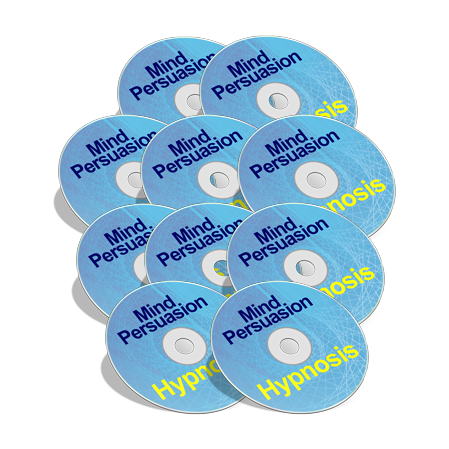Lately I have been playing around with making videos on YouTube. Some are regular videos, with me standing and speaking random nonsense into my camera, other videos are actually thought out streams of ideas, to which I tried to find relevant pictures to illustrate my points.
One big of difficulty I found was that recording audio is difficult if you don’t have a proper set up. If you get too close to the microphone, you can hear every pop and click and breath. If you get too far away, you can’t hear very much at all.
So a couple of weekends ago, I set out on a quest to find a solution. First I stopped at a music store, hoping they would have some kind of recording microphones that would filter out pops and clicks. They did, but they were very expensive. I then looked to see if they had any of those “screens” that you see in videos of people recording songs. They did, but they were about a hundred and fifty dollars.
But, because the box was partially open, meaning they had a window, which showed the actual screen that was to be used, I had an idea. The material itself looked like nothing more complicated than a round cheese grater. Of course it had some high tech clamps and clips and other devices of attachment to hook it up to a microphone.
I headed on over to my local DIY center (do it yourself, as they are called here in Japan) and picked up a couple of small tempura strainers. The material is like a regular strainer, but much smaller. About three inches in diameter, and only a small curvature to it. Used for dipping out small pieces of food from a deep fryer.
I also got a few regular all-purpose clamps that look like a little oversized alligator clips. Then I got one more all purpose thing that looks kind of like a vice, where you can clamp something on your desktop, and then clamp another pole to that, so you can swivel it in many directions. So I clipped the two tempura strainers together, in front of a digital microphone. Now I can take a deep breath, and speak with full force into the microphone. The two tempura strainers filter out all the hissing and popping, and the sound is fantastic. A few passes through any number of free audio software you can get, and I have a near professional sounding video to use with whatever goofball YouTube videos I want to make.
The total cost, microphone included, was about fifty bucks. By far the most expensive element was the microphone, as it is a rather high-end directional digital microphone. You could easily get one much cheaper if you wanted.
The moral of all this, is that there is always another, usually cheaper way to do something if you are willing to explore and think of new ways to do things. If you only accept the ways you are “supposed” to do things, then you’ll not only be limited in your options, but you’ll be doing things the same way everybody else is doing them. And there’s no fun in that.

I enjoy your blog here, thank you so much you have helped me out greatly 🙂 spread the love.